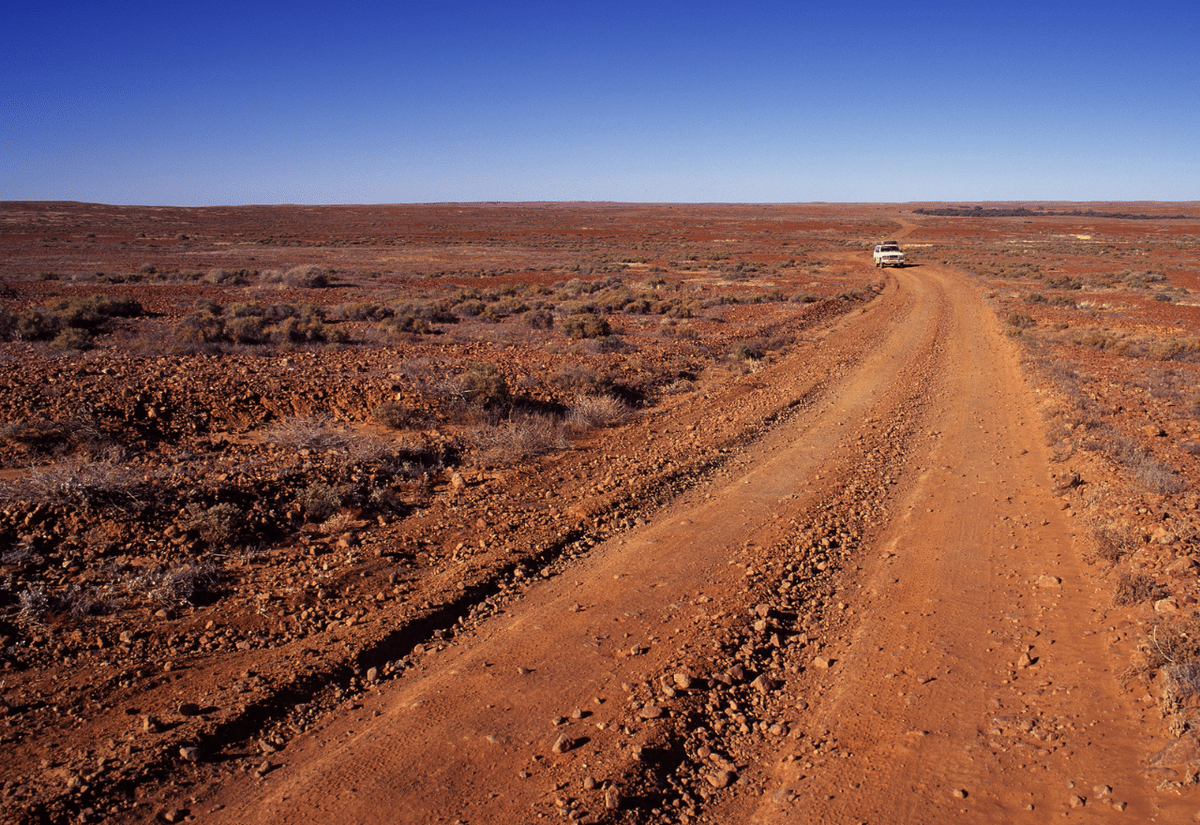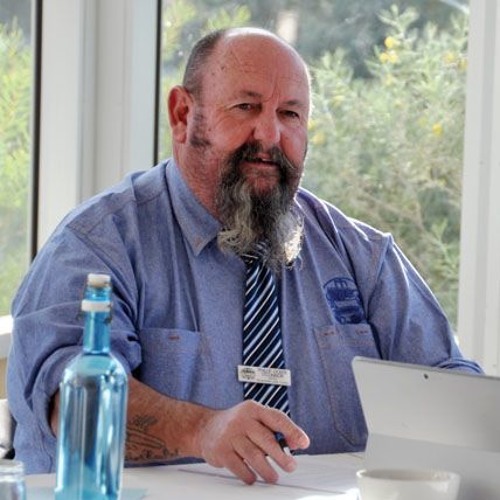Drive to survive on rural roads
Laura Williams
13 September 2021, 7:30 AM
 Rural Road Safety Month focuses on reasons why so many accidents occur on regional roads.
Rural Road Safety Month focuses on reasons why so many accidents occur on regional roads.FOR too long, Australia’s wide-open spaces have been perceived a place where no one is watching, where rules don’t apply and where risks pay off.
As another Rural Road Safety Month rolls around this September, the sobering statistics remind us that we are are paying the price with our lives.
While 80 per cent of the Australian populations live in Australia’s coastal regions, two in three road deaths occur on regional roads, raising the question of what the main contributing factors are.

*Brewarrina Mayor Phil O'Connor says some rural roads are only suited to slow speeds, regardless of the official speed limit.
Brewarrina Shire Council Mayor Phillip O’Connor says that drivers are becoming too relaxed on the road.
“Cars are built so comfortably these days, I think it contributes to fatigue on the long and straight roads we have out here,” Mr O’Connor said.
He added that not all road conditions match their speed limit.
“In driver licence training we need to emphasise to drive to road conditions. There are so many people that drive 100 kilometres on roads with corrugations and potholes that are only fit for 50 or 60 kilometres.”
According to research, one third of the state’s drivers are likely to break rules in regional areas on a daily basis, with over a quarter more likely to break rules on regional roads rather than urban.
The Australian Road Safety Month founder Russel White says that both distraction and the belief of not being caught are the top two reasons for taking risks on rural roads.
Following the pandemic that grounded Australian flights, experts say that covid-induced fear will likely lead to an increase in people on roads, choosing to travel domestically on wheels.
The combination of emerging statistics in road fatalities and the projected increase in rural road traffic is causing concern for authorities.
Additionally, with significant and drastic weather changes on the horizon, there are fears that drivers aren’t equipped with a safety plan in the case of bushfires, hailstorms, flooding and fog.
In fact, while 84 per cent of drivers have driven under dangerous conditions where they didn't feel safe, 64 per cent of survey respondents indicated they had no safety plan in place.
“The best place to start in terms of choosing road safety is to better improve road safety resilience - that is preparedness to face new, different and more dangerous driving conditions,” said Mr White.
In the last twelve months alone, more than one thousand Australians have lost their lives on Aussie roads.
“One life lost on Australian roads is one too many.”